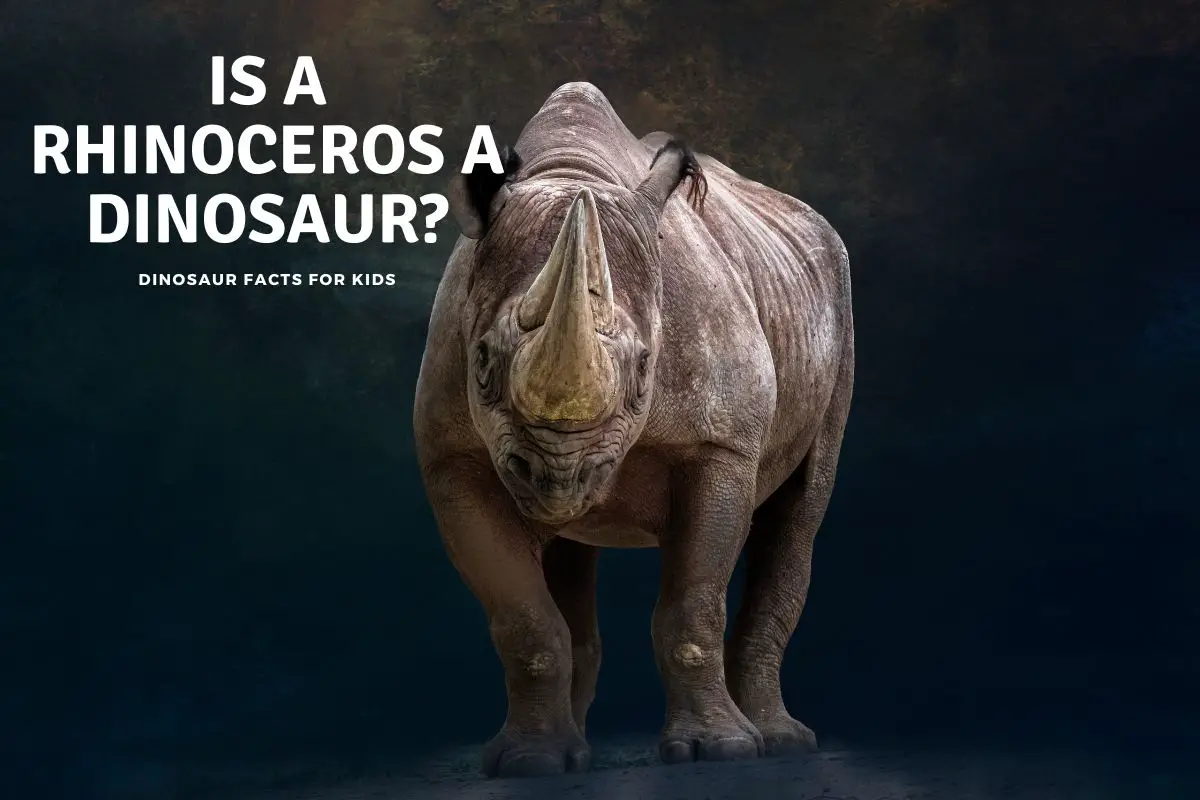


If Rhinorex really did live 75 million years ago, then it overlapped in time with Gryposaurus species that inhabited swamps just 155 miles away. What’s strange about Rhinorex is that this different dinosaur lived near its close relatives. This implies some kind of physical barrier that split dinosaur populations and caused their evolution to diverge along different paths. The dinosaur communities were similar – with horned dinosaurs, tyrannosaurs, hadrosaurs, ankylosaurs, and more in each – but the species were different. On the subcontinent of Laramidia, the landmass to the west of the great interior seaway, the dinosaurs that lived in prehistoric Alberta were different genera and species than those living further to the south in Cretaceous Utah and Mexico. The date is a little shaky, as Gates and Scheetz point out, but places the hadrosaur in the middle of a major dinosaur radiation.īased on other recent finds – many of them in southern Utah – paleontologists have been starting to piece together a picture of distinctive dinosaur groups evolving in isolation from each other. Rhinorex lived somewhere around 75 million years ago. To have a new dinosaur from this area is a significant milestone, and one that raises questions about the evolutionary explosion that was going on in southern Utah at the time. Paleontologists haven’t found many dinosaurs here, the only other published example being part of a tyrannosaur’s lower leg described just last year.
RHINO LIKE DINOSAUR SKIN
The body of Rhinorex – including a skull, skin impressions, and a partial skeleton still encased in sandstone – was discovered in 1992 by a pair of University of California, Riverside geology students who were mapping sections of eastern Utah’s Book Cliffs. What makes Rhinorex remarkable is the dinosaur’s place in space and time. The features that distinguish Rhinorex as a new dinosaur take an anatomist’s eye to see – a hook-shaped flange on the nasal bone, and the orientation of part of the premaxilla, or front of the jaw.īut appearances aren’t everything. Described by North Carolina State University’s Terry Gates and Rodney Scheetz of the Brigham Young University Museum of Paleontology, the 75 million year old hadrosaur is quite similar to another dinosaur named Gryposaurus. On a purely superficial level, Rhinorex isn’t as wildly unusual as some other dinosaurs that have been making headlines lately. And if you know your Greek and Latin, you can already pick out the distinguishing feature of this new dinosaur. As fierce as the name Rhinorex might seem, the actual animal was a much gentler creature – one of the shovel-beaked, herbivorous hadrosaurs. It sounds like a snarling theropod with a huge nasal horn, like Ceratosaurus amped up to eleven.

Rhinorex is an evocative name for a dinosaur.


 0 kommentar(er)
0 kommentar(er)
